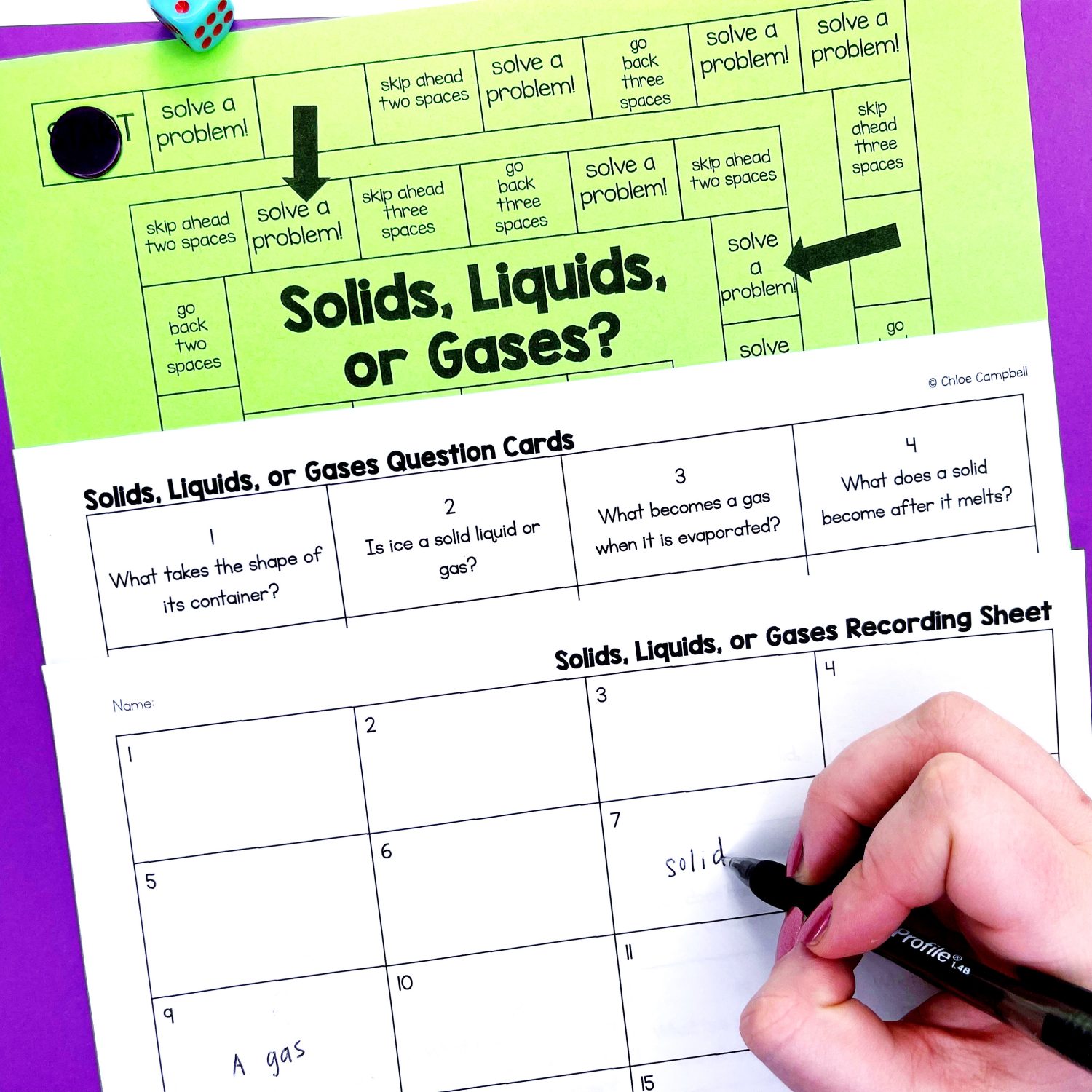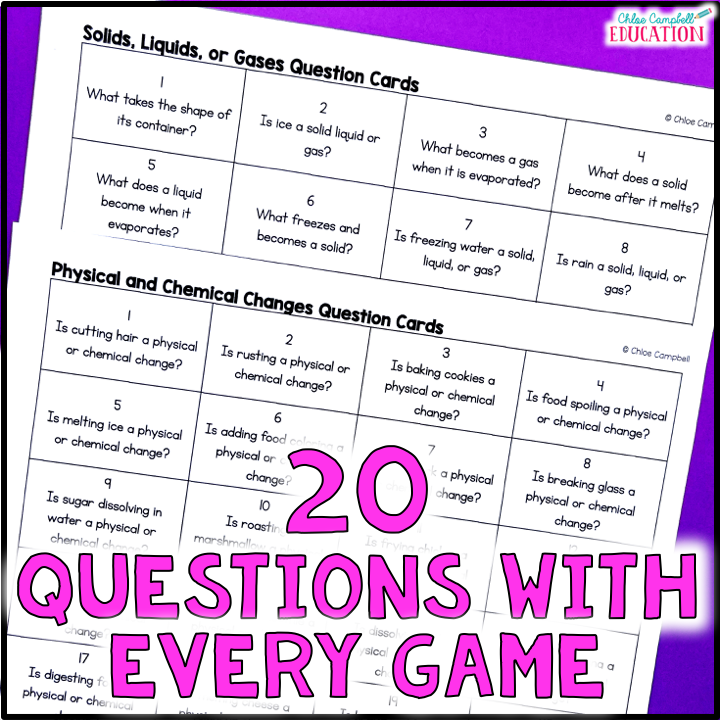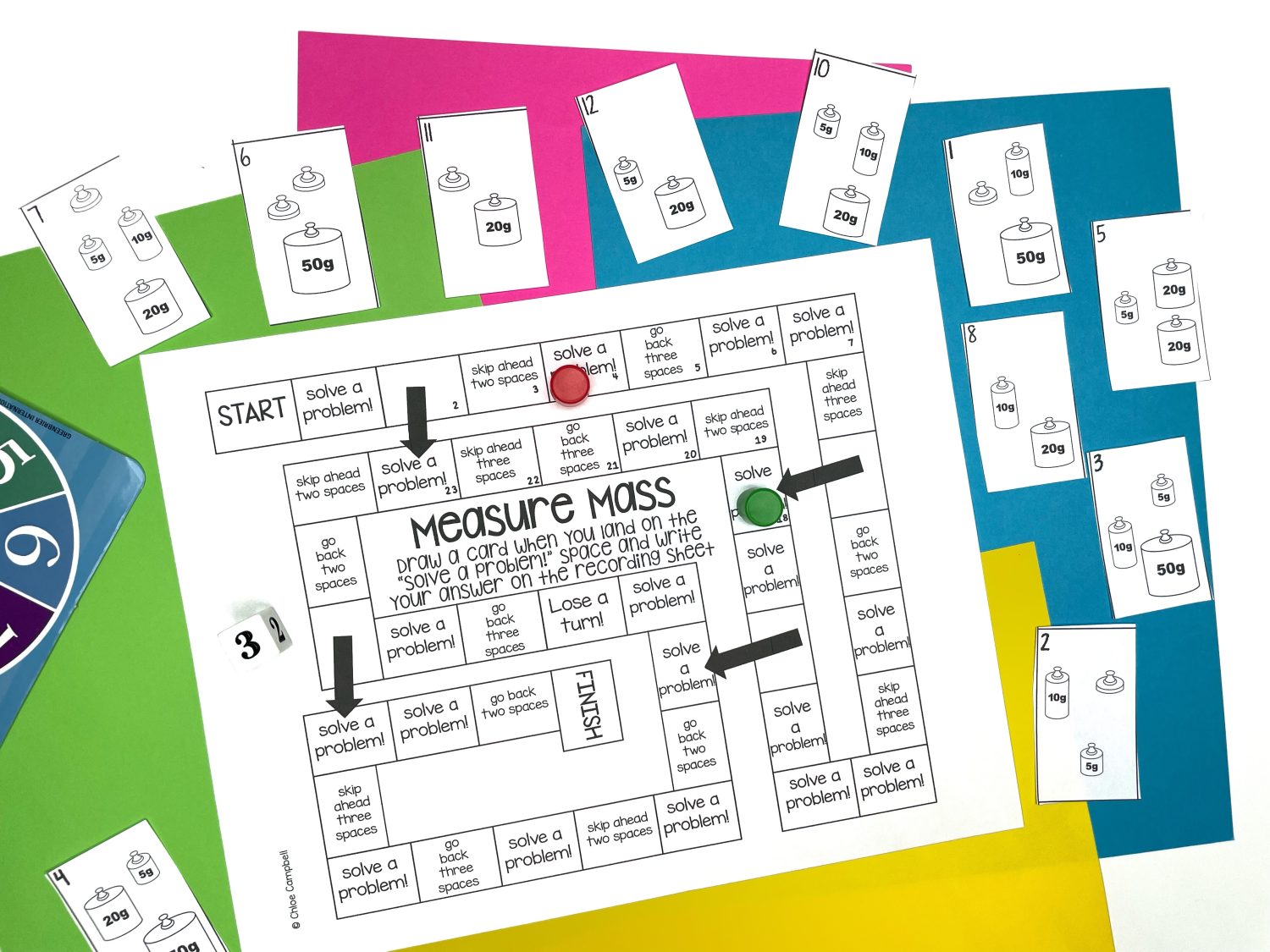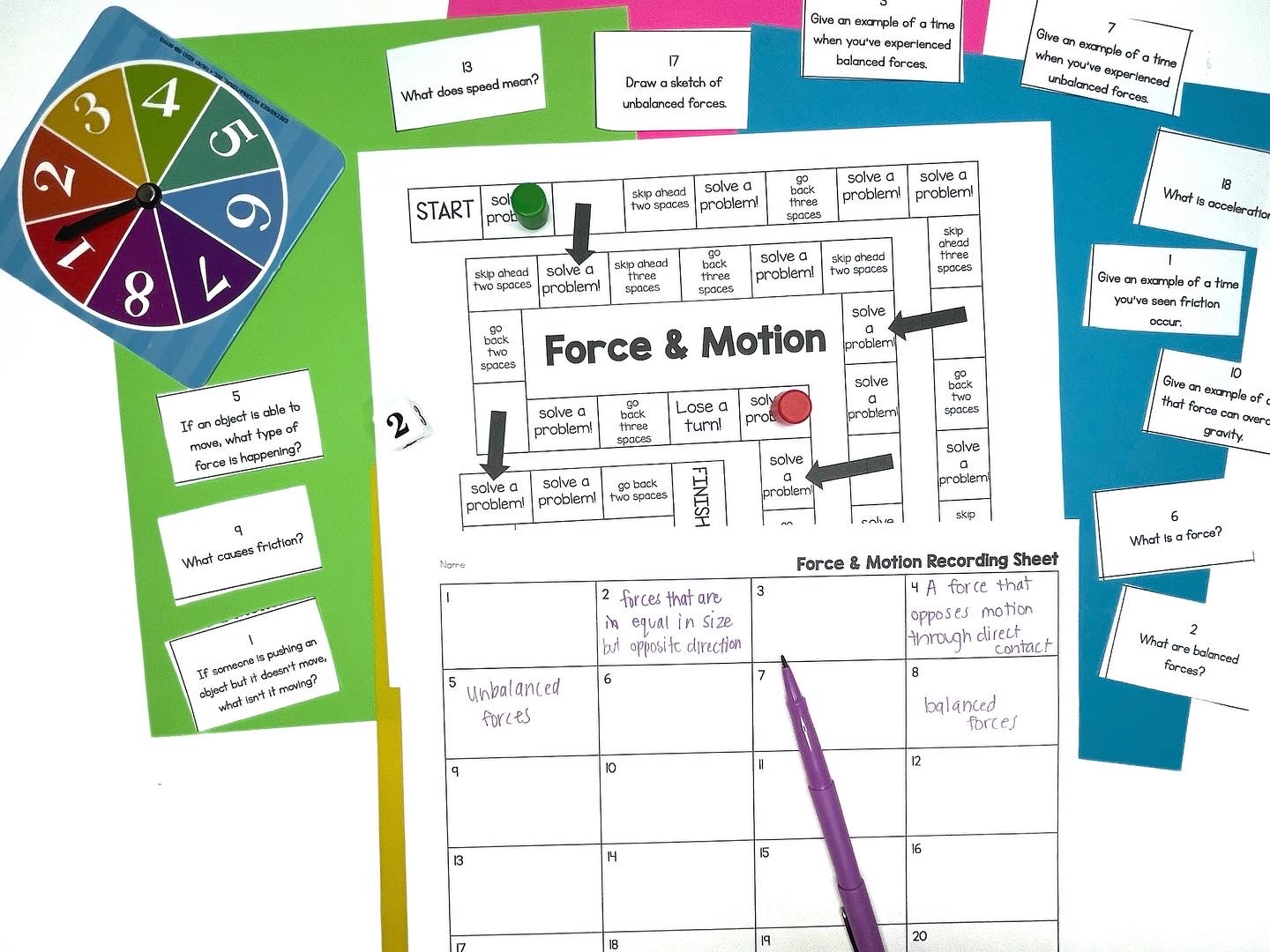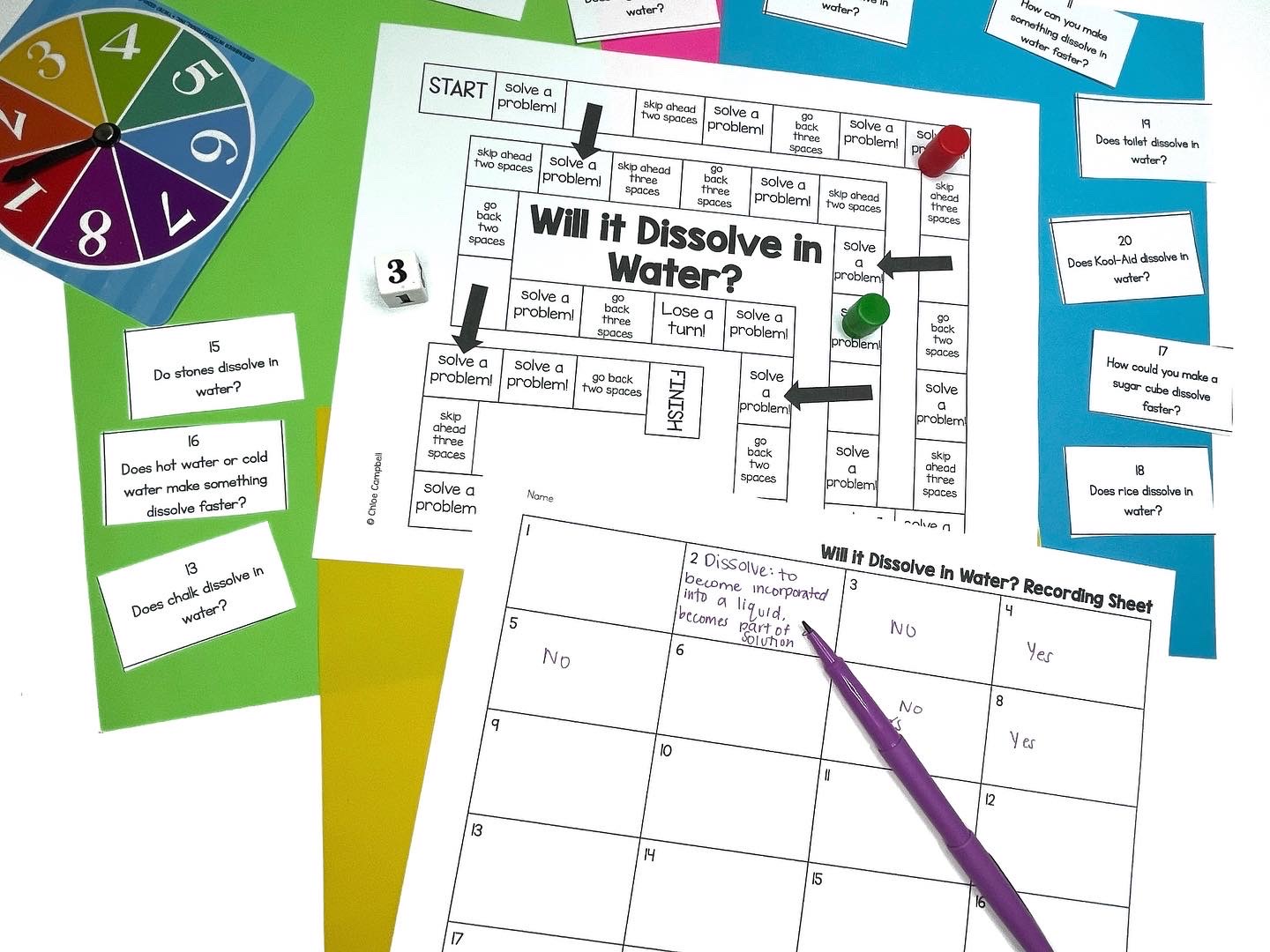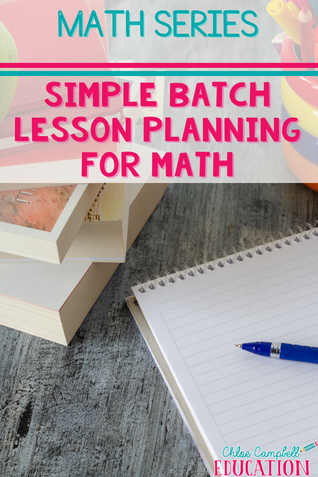Physical Science Games for 5th Grade

If you’ve ever tried to keep a classroom full of fifth graders engaged while teaching tricky physical science concepts, you know it can feel like herding cats. Enter physical science games for 5th grade—a lifesaver for teachers and a game-changer for young learners. Whether you’re tackling kinetic energy, states of matter, or renewable resources, these hands-on board games make learning exciting while reinforcing basic science skills in a way that sticks.
Games provide a low-pressure environment where students can collaborate, experiment, and solidify their understanding. And the best part? You don’t have to create them from scratch—this bundle of 20 physical science board games is ready to roll. Let’s dive into some of the standout features, tips, and creative ways to bring them to life in your classroom.
8 Physical Science Games for 5th Grade
This resource includes 20 standards-based games, each designed to help students master key physical science concepts. Here’s a sneak peek at eight of them:
1. Solids, Liquids, Gases
- What takes the shape of its container?
- What becomes a gas when it is evaporated?
- What does boiling water create?
- What does a solid become after it melts?
Understanding the states of matter is foundational in physical science. Use this game to connect the concept to everyday experiences. For example, when students see ice melting into water or water boiling into steam, they’re observing state changes. Highlight real-life examples like how factories use steam to power turbines or how water in the atmosphere condenses to form clouds. These connections make the content more relatable and memorable.
2. Physical and Chemical Changes
- Is rusting a physical or chemical change?
- Is dissolving salt a physical or chemical change?
- Is bread molding a physical or chemical change?
- Is breaking glass a physical or chemical change?
Help students understand that not all changes are created equal. For example, breaking a pencil is a physical change because the material stays the same, but burning wood creates new substances, making it a chemical change. Tie the discussion to practical examples like why we paint cars to prevent rust or how salt dissolves in cooking to enhance flavor. These real-world links show how these changes impact daily life.
3. Forms of Energy
- How does light travel?
- What produces sound?
- What is another word for thermal energy?
- What is an example of kinetic energy?
Energy is all around us, and this game highlights its various forms. Explain how light travels in straight lines and can reflect or refract, like when sunlight bends through a prism. Discuss thermal energy by connecting it to cooking or heating homes, and use kinetic energy examples like a rolling ball or a swinging pendulum. Encourage students to think of how these forms of energy power everyday objects, from flashlights to refrigerators.
4. Measure Mass
In this game, students practice reading gram weights and adding them together to find the total mass of objects. Discuss how mass measurements are used in baking or designing bridges to ensure structural stability. Let students explore with real-life objects like classroom supplies or fruit to reinforce accuracy and build confidence with measurement tools.
5. Measure Volume
Here, students practice reading graduated cylinders to determine the volume of liquids. To make the concept tangible, tie it to real-world applications, such as measuring liquids for a recipe or understanding how rainwater fills reservoirs. Introduce fun experiments like measuring the displacement of water with different objects to show how volume can be calculated in creative ways.=
6. Conductors and Insulators
- Is wax a conductor or an insulator?
- Is a paperclip a conductor or an insulator?
- Is fabric a conductor or an insulator?
- Is glass a conductor or an insulator?
Introduce students to the importance of conductors and insulators by examining their roles in real-life scenarios. For example, metals like copper are excellent conductors, which is why they’re used in electrical wiring. Insulators like rubber protect us from electric shocks. Bring in examples like a power cord (without plugging it in!) to show how these materials work together to keep us safe.
7. Force and Motion
- Someone applied force to an object, but it didn’t move. What could be a reason for this?
- What causes friction?
- What are unbalanced forces?
- What flooring would have the least amount of friction: carpet or tile? Why?
Force and motion concepts are everywhere, from pushing a shopping cart to sliding on a playground. Explain friction by comparing how shoes grip different surfaces, like carpet versus tile. Discuss balanced forces by using a tug-of-war scenario and unbalanced forces with a rolling ball. These examples help students see how these principles are at work in their everyday movements.
8. Will it Dissolve in Water?
- Does sand dissolve in water?
- Name 3 things that dissolve in water.
- How could you make a sugar cube dissolve faster?
- Does salt dissolve in water?
This game makes solubility fun and interactive. Discuss why salt dissolves in water but sand does not by introducing molecular structure and polarity. Use kitchen examples, like stirring sugar into tea faster with heat or motion. These practical applications give students a deeper understanding of how solubility impacts cooking, cleaning, and even medicine.
Why Practice Vocabulary and Skills with Science Games?
Vocabulary and conceptual understanding are the backbone of physical science. Without a firm grasp of terms like “kinetic energy,” “conduction,” or “friction,” students can struggle to apply their knowledge in meaningful ways. That’s where games come in.
By incorporating vocabulary into interactive games, students repeatedly encounter terms in context, making them easier to remember. Games also encourage critical thinking by challenging students to explain their reasoning, debate answers, and reflect on outcomes. For example, asking students to defend why a paperclip is a conductor solidifies their understanding of materials and electricity. This kind of active engagement is key to mastering science skills and building confidence.
Fun Ways to Use Games for Physical Science Practice
Integrating these games for physical science into your daily routine doesn’t have to be complicated. Here are some quick, actionable ideas:
- Science Centers: Rotate students through different games to cover multiple concepts in one class period.
- Morning Work: Use games as a warm-up activity to kickstart the day with energy.
- Early Finisher Fun: Keep your fast workers engaged by letting them play a game when they’re done with their assignments.
- Small Groups: Reinforce key concepts in teacher-led small groups for more targeted practice.
- Test Prep: Use these games to review before assessments in a low-stress, high-energy way.
- Sub Plans: Leave these ready-to-go activities for substitutes—students will stay engaged, and you’ll feel confident the learning continues.
- Whole-Class Challenge: Turn the games into a class competition with small rewards to motivate students.
- Homework Alternative: Instead of traditional homework, assign a game night where students play and reflect on what they learned.
Printable Physical Science Board Games
The 5th Grade Science Review Games Bundle takes the stress out of planning and prep. With 20 board games covering everything from forms of energy to experiment vs. investigation, this resource has you covered for the entire year. Here’s what you get:
- Teacher Tips: Simple strategies to make setup and gameplay a breeze.
- Student Directions: Clear, concise instructions so students can work independently.
- Recording Sheets: Keep students accountable by having them write down their answers.
- Answer Keys: Save time with ready-made answers.
These physical science board games are perfect for any teaching style, whether you’re using them in centers, whole-group lessons, or even as a fun Friday activity. The bundle is designed to align with standards while giving students a hands-on, interactive way to learn.
Save These Fun Physical Science Games
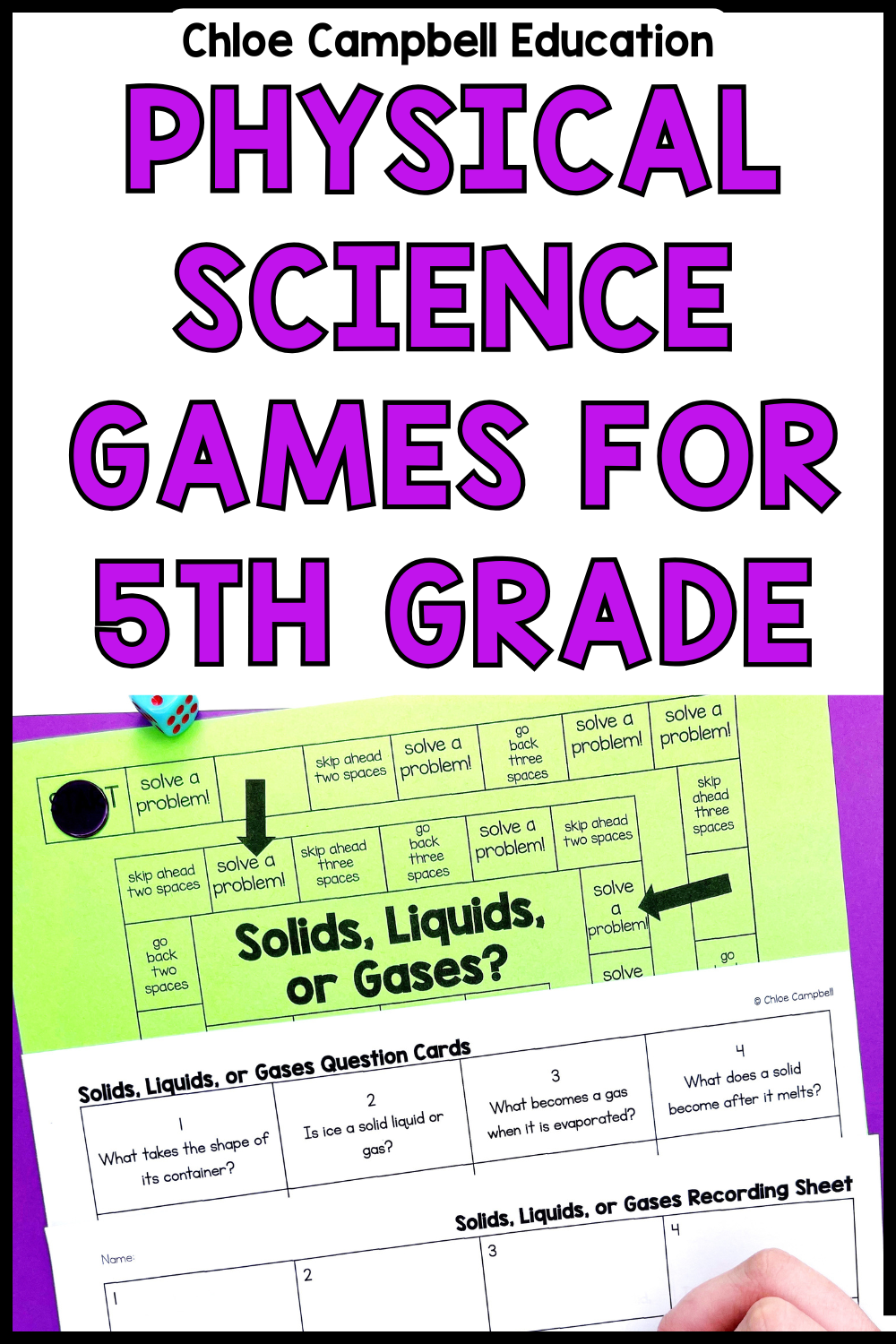
Don’t let these ideas get lost in the shuffle! Pin this blog post now so you can come back later when planning your next science lesson. For more inspiration, check out these related posts:
- 5th Grade Science Games
- Science Board Game Ideas
- Five 5th Grade Science Review Activities That Aren’t Another Worksheet
Teaching physical science doesn’t have to be a headache. With these games, you can transform your classroom into an interactive, engaging learning environment where students thrive. So roll the dice, spin the spinner, and let the science fun begin!

